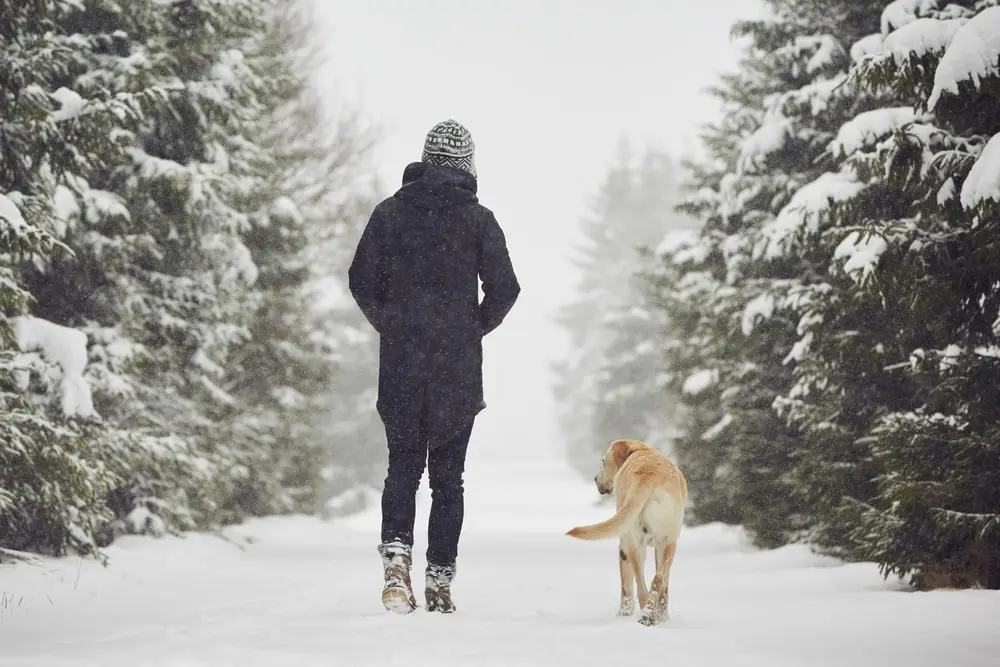PET CARE
With cold weather sweeping the nation, it can be important to remember the best ways to keep your pets safe. If at all possible, bring your pets indoors. The extreme cold can be dangerous for pets. Pet parents may need to take extra steps this winter to protect their furry friends, such as wiping pet's paws dry when they return home from the snow. All it requires is a safe and secure location in your house, garage or a barn with warm blankets and shelter from the wind.
Wipe Down Paws
Thoroughly wipe off your pet’s legs and stomach when they come in out of the sleet, snow or ice. They can ingest salt, antifreeze or other potentially dangerous chemicals while licking their paws. These chemicals can also irritate their paws, causing excessive itching or irritation to the point of bleeding.
Speaking of antifreeze and other garage chemicals, these are hazardous to our pets and can cause death if ingested. Most of these chemicals do produce a sweet smell and do attract pets. If your pet has access to the garage, be sure all the chemicals are sealed tightly and out of reach of both dogs and cats. Also, check you cars for any leaks and if so, but sure to clean up.
Watch out for Cats
During the winter, outdoor cats sometimes sleep under the hoods of cars. When the motor is started, the cat can be injured or killed by the fan belt. If there are outdoor cats in your area, bang loudly on the car hood before starting the engine to give the cat a chance to escape.
Careful with Fire
In your home if you light a fire or plug in a space heater, remember this will bring out the curiosity in your pet. Be sure the pet stays a safe distance away from the flame or space heater and that their tails, whiskers and paws don’t get too close and cause injury. Also do not leave your pet unattended near these heat sources, especially space heaters that can be knocked over and become a potential fire hazard.
Perhaps the best tip of them all is to keep your dog or cat inside with you and your family over the course of this winter weather event. Dogs and cats are social animals and they want the love and attention of their pet parents. So while you snuggle up, invite your pet to join you.
Keep Emergency Numbers Handy
If your pet does become injured or sick as a result of this winter weather event, contact your veterinarian immediately. If your veterinarian doesn’t provide weekend or after hours services, have the number to a nearby 24-hour animal hospital or contact the ASPCA’s Animal Poison Control at (888) 426-4435 (fees to apply for this service).
Consider Investing in Pet Insurance
Looking for more ways to keep your pets happy and healthy? Consider investing in a pet insurance policy with MetLife Pet Insurance.1 Get your free quote today.

